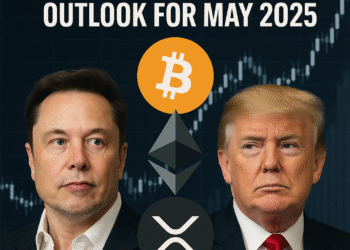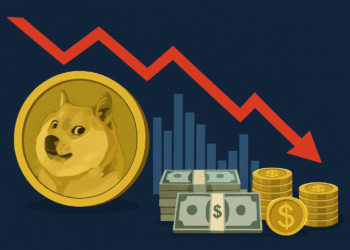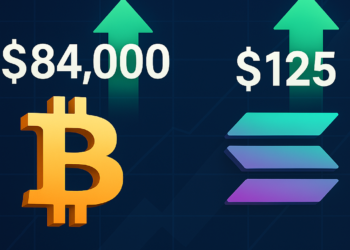In an unexpected development, volatility in the S&P 500 has recently exceeded that of Bitcoin, a cryptocurrency typically associated with high price fluctuations. This increased instability is linked to investors withdrawing from U.S. assets in response to recent trade policy announcements by President Donald Trump.
Since the announcement of the “Liberation Day” tariff on April 2, the S&P 500’s seven-day realized volatility jumped dramatically from an annualized rate of 50% to 169%, the highest level observed since the COVID-19 market turmoil of 2020. Meanwhile, Bitcoin’s volatility, though increasing to 83%, remains significantly lower, highlighting its emerging role as a relatively stable asset during periods of traditional market turbulence.
James Butterfill, Head of Research at CoinShares, remarked on this unusual scenario: “Equity markets have witnessed unprecedented volatility spikes, overtaking Bitcoin, whose volatility is comparatively declining. Investors are now faced with a critical choice between traditional assets subject to political fluctuations and the mathematically predictable stability offered by cryptocurrencies.”
The market’s shift away from U.S. investments has prompted a notable rise in Treasury yields and a drop in the U.S. dollar index. Specifically, the yield on the 10-year Treasury bond surged by 62 basis points to reach 4.45%, while the dollar index fell to its lowest point since September, marking a decline to 100. Evercore ISI highlighted that such simultaneous movements—rising yields and a weakening dollar—signal diminishing investor confidence in U.S. economic stability and policy predictability.
This rare inversion of volatility dynamics could prompt investors to reassess Bitcoin’s strategic value, especially as it demonstrates comparative resilience amidst the heightened uncertainty affecting traditional financial markets.




















